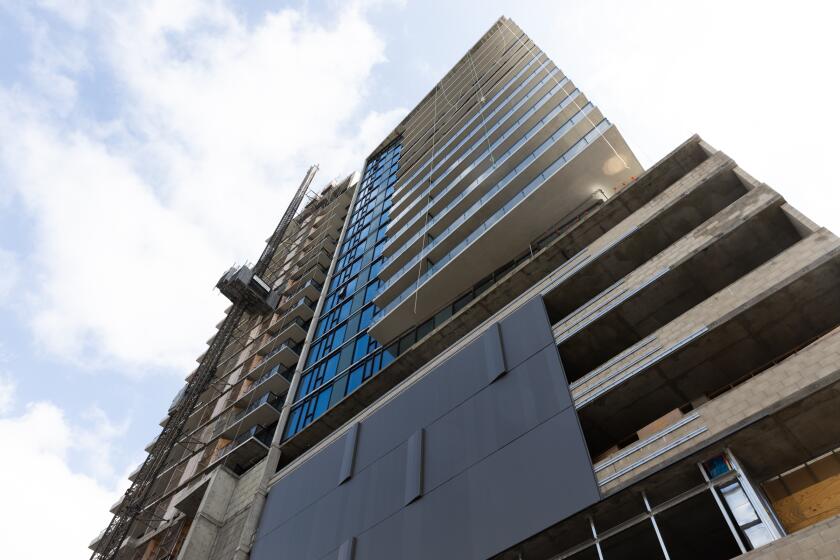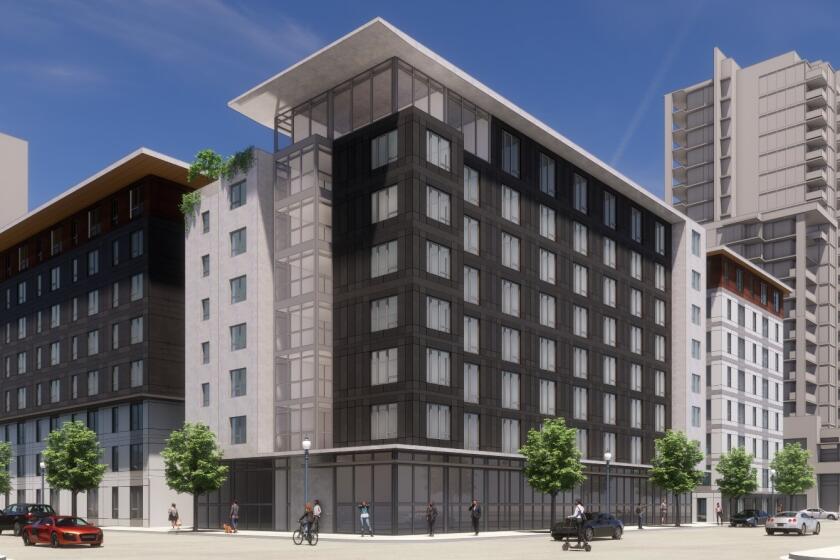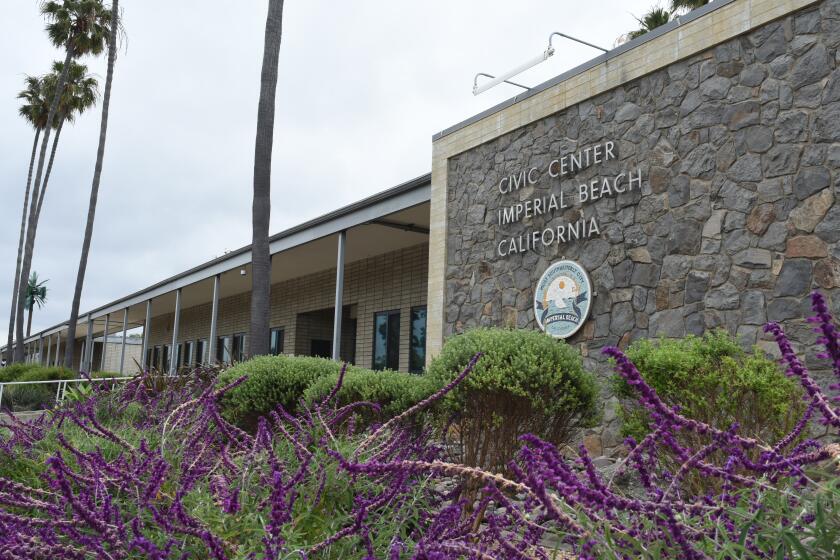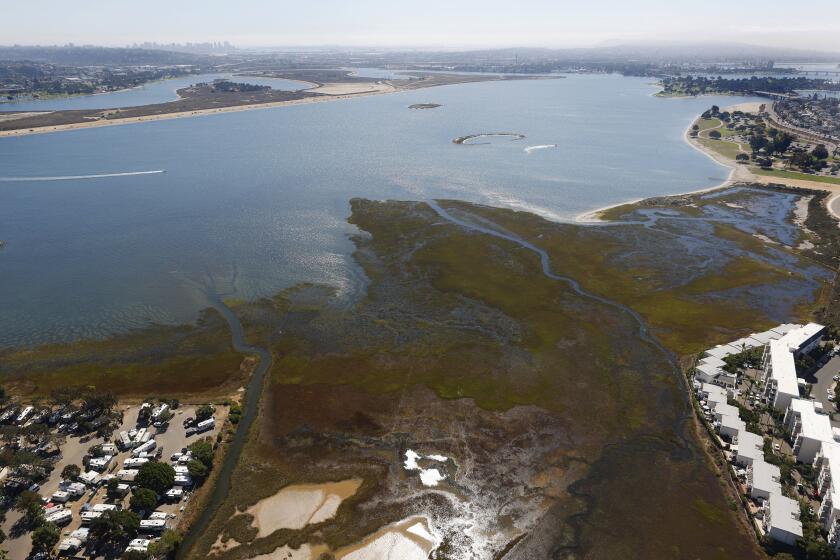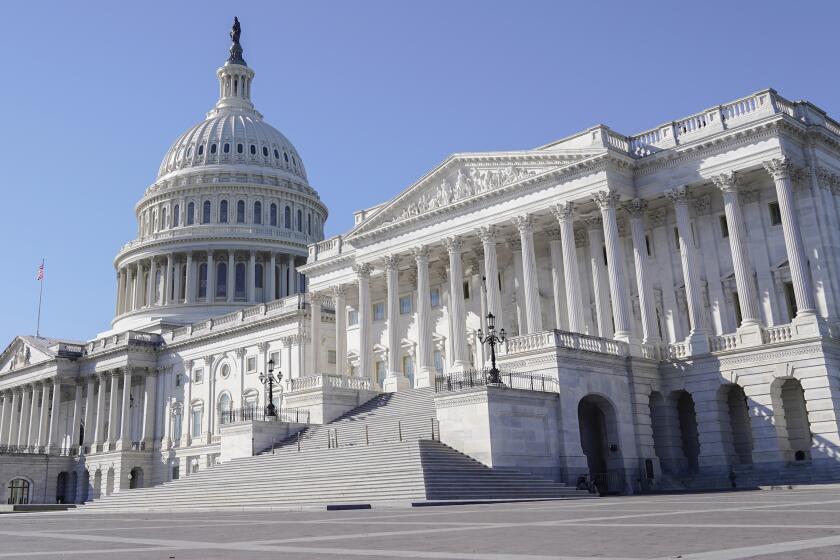Flood-resistant oyster reefs may soon return to Mission Bay
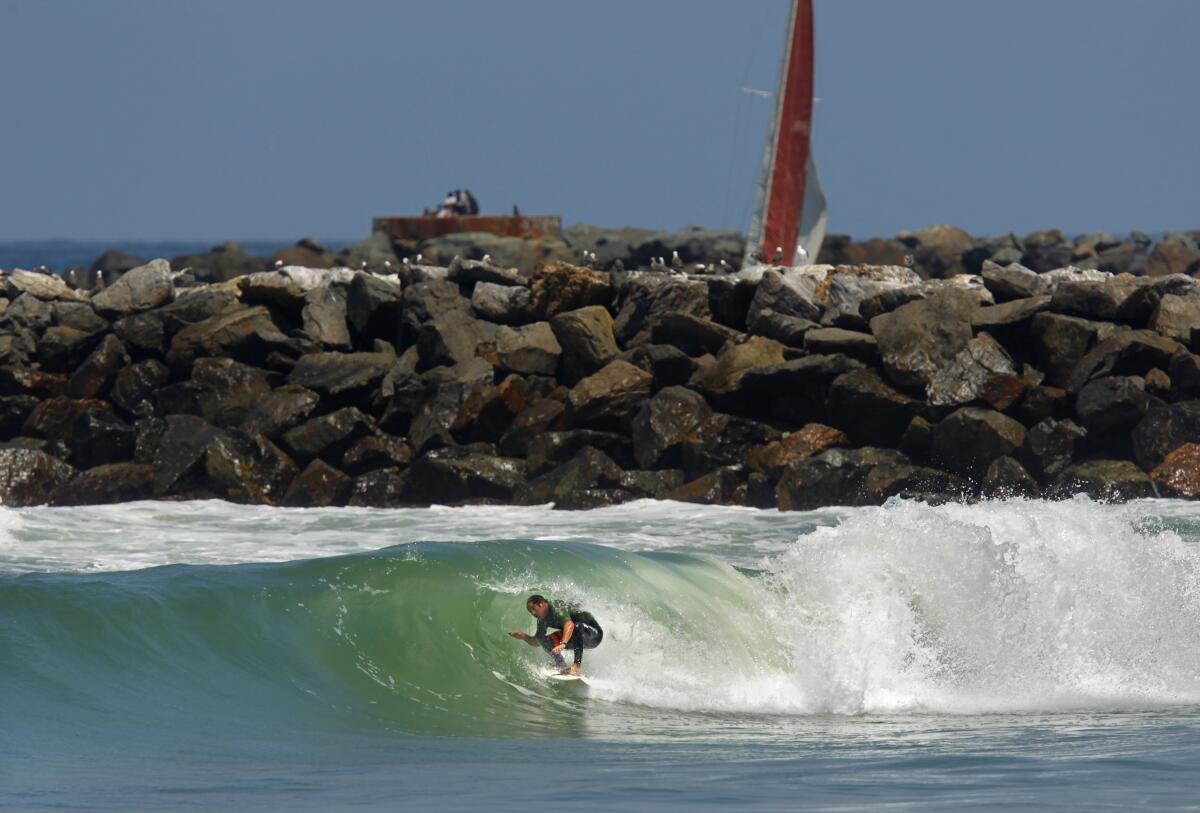
San Diego launching study to determine impact on sea level rise, water quality, wildlife
Oysters and the powerful, flood-resistant reefs they create may soon be returning to San Diego’s Mission Bay after a long absence.
City officials are launching a $90,000 analysis of whether oyster reefs could strengthen the shoreline, improve water quality and boost the biodiversity of the bay’s marshland.
Oysters have produced such benefits in other places, including recent efforts to restore oyster populations in upper Newport Bay in Orange County.
Scientists also believe oyster reefs could help fight the impact of predicted sea level rise, which is a major threat to Mission Bay because of its location just east of the Pacific Ocean.
“I think this is a fascinating idea, and I’m glad the city is moving forward,” said Keli Balo, an assistant deputy director in the city’s Public Utilities Department.
The reefs would fit well with a city plan to restore roughly 100 acres of marshland in the northeast corner of Mission Bay, which is now occupied by a defunct mobile home park and the Campland on the Bay recreational vehicle park.
Most of Mission Bay was a giant marsh until World War II, when aggressive dredging transformed the area into the world’s largest aquatic park.
Balo said the oyster reefs could help the city solve a long-term problem: how to protect the shoreline of Mission Bay from flooding.
City officials have long relied on man-made seawalls and ripraps, which are a collection of large angular rocks stacked to create a barrier against excess water.
The reefs could be a more natural way to prevent floods, potentially replacing seawalls and ripraps in some areas and working in conjunction with those man-made structures in other areas, Balo said.
The oysters within those reefs may also boost water quality by consuming a significant amount of animal waste and other pollutants.
“They eat all of the icky stuff,” Balo said.
The oysters would also be a food source for many native species, boosting the value and function of the bay’s native wetlands and the birds, fish and other animals that thrive there.
Regarding sea level rise, Balo said oyster reefs could be superior to seawalls and ripraps because hard barriers are typically less resistant than a native habitat.
The analysis, which is expected to take roughly a year, won’t include actually creating oyster reefs. It will just study whether such an effort is feasible and what impact it could have, Balo said.
If the results of the study show that the reefs could make a worthwhile difference, the city could begin creating the reefs as early as 2024.
While Mission Bay was previously home to oysters, Balo said she is not aware of any oyster populations now living there.
Oyster populations have dropped sharply across the nation during the last century because they’ve been overharvested, with an estimated 85 percent of reefs lost.
A city consultant suggested recently that San Diego explore restoring oysters in Mission Bay. City officials included the analysis in a proposal for spending some of a $2.5 million fine that the San Diego Regional Water Quality Control Board levied on the city in October for a 2016 sewage spill in Tecolote Canyon.
Environmentalists win key battle over Mission Bay Park redevelopment, get $1.25M for marshland study
Regional water board OKs analysis of less recreation-heavy plan for park’s northeast corner
Water agencies are often allowed to devote half of the fine they pay to a water-quality project in the area the agency serves.
San Diego proposed to spend much of that $1.25 million on a marshland study in the northeast corner of the bay. But $90,000 of the money will be spent on the oyster study in a deal approved by the water board.
The marshland study comes after years of battling among environmental groups, golfers, campers and recreation advocates over the fate of northeast Mission Bay, which became available for redevelopment five years ago when the mobile home park closed.
City officials opted in 2018 for a recreation-heavy redevelopment plan over a marshland-heavy plan that was favored by environmentalists, and the city has since been conducting a feasibility analysis for the recreation-heavy plan.
Now the city will lengthen the process, which was nearly complete, by an estimated 18 months so it can also study a marshland-heavy option favored by environmental groups.
Once the analyses of both options is complete and presented during public hearings, the City Council will choose one and redevelopment of the area can potentially begin.
Get Essential San Diego, weekday mornings
Get top headlines from the Union-Tribune in your inbox weekday mornings, including top news, local, sports, business, entertainment and opinion.
You may occasionally receive promotional content from the San Diego Union-Tribune.

